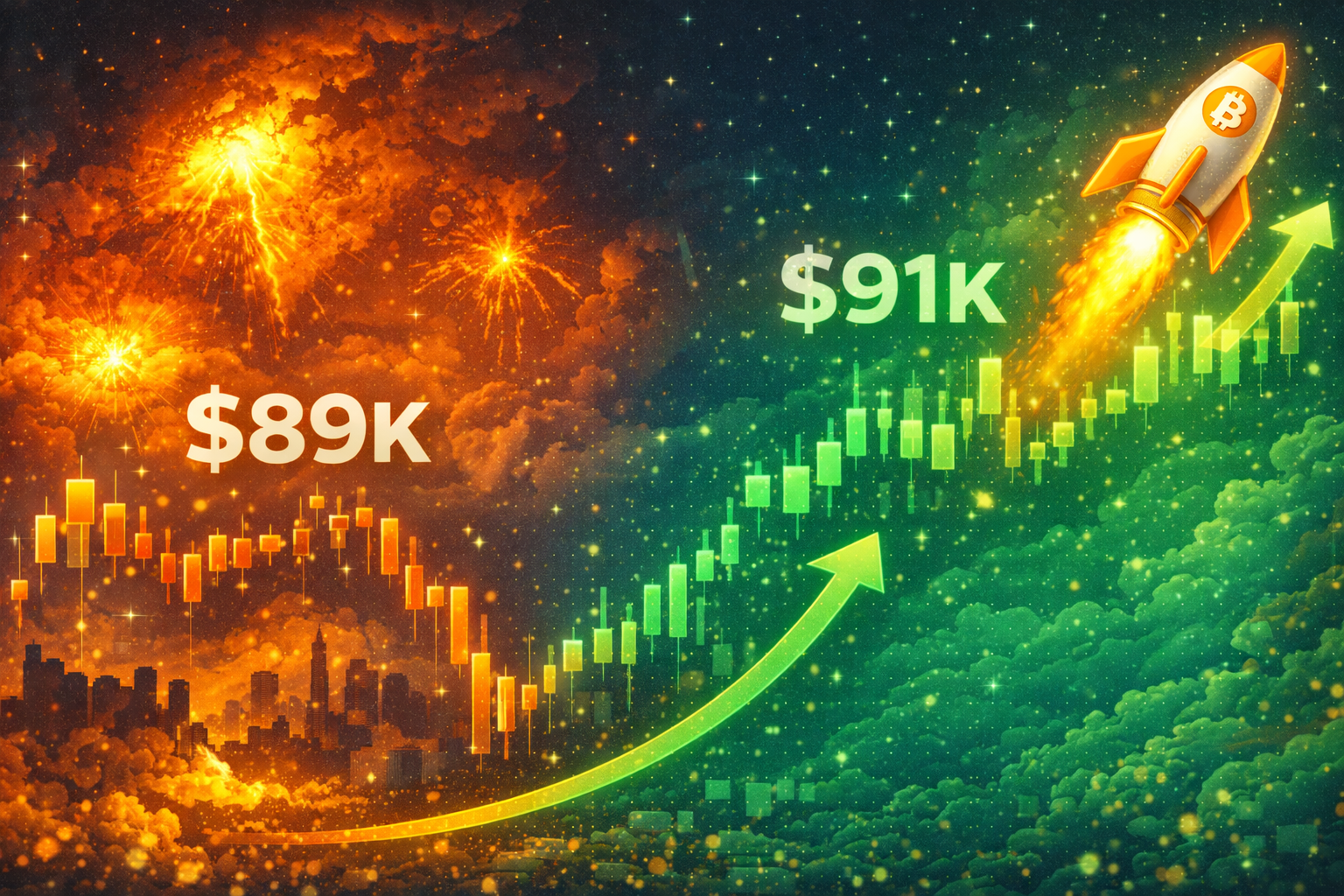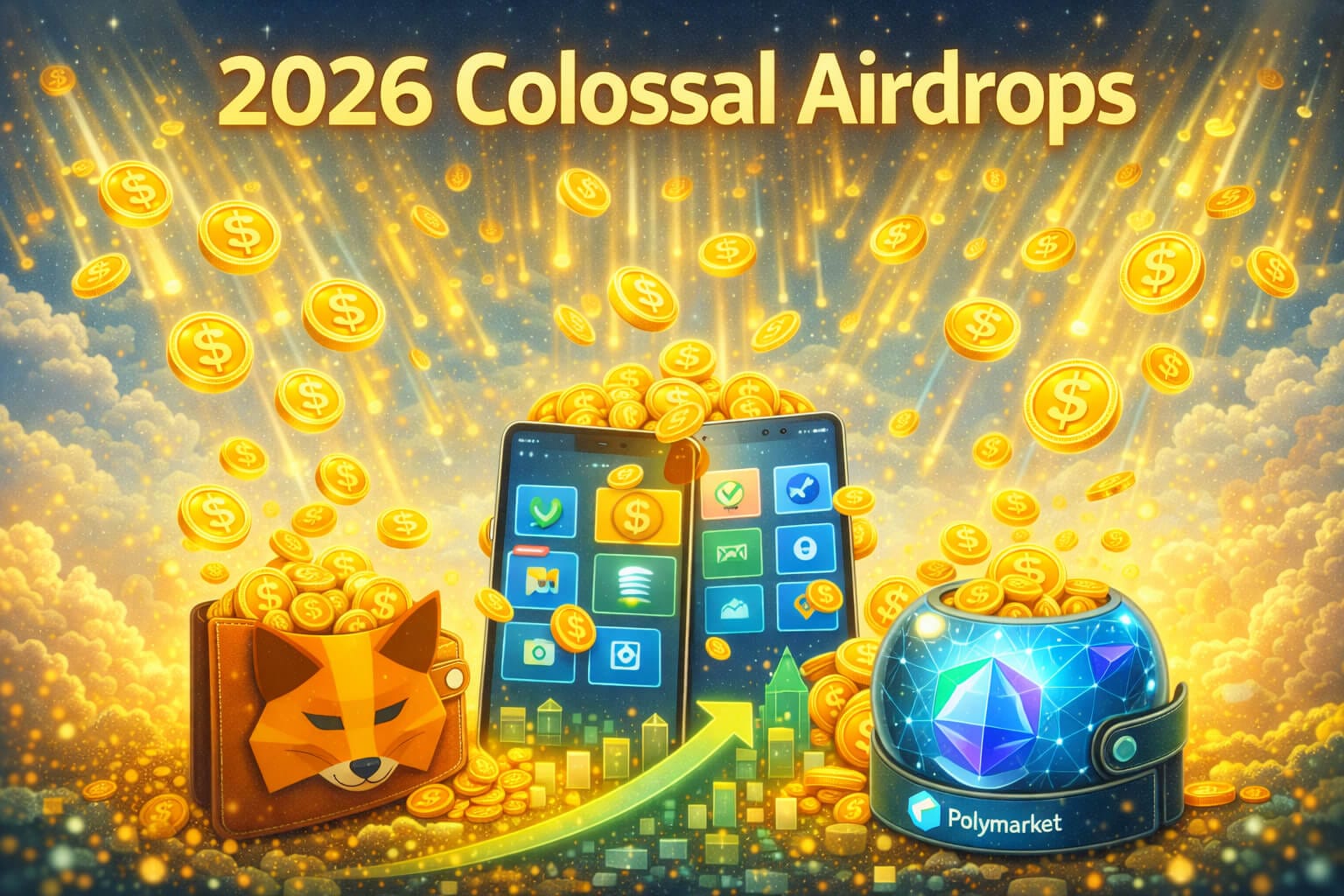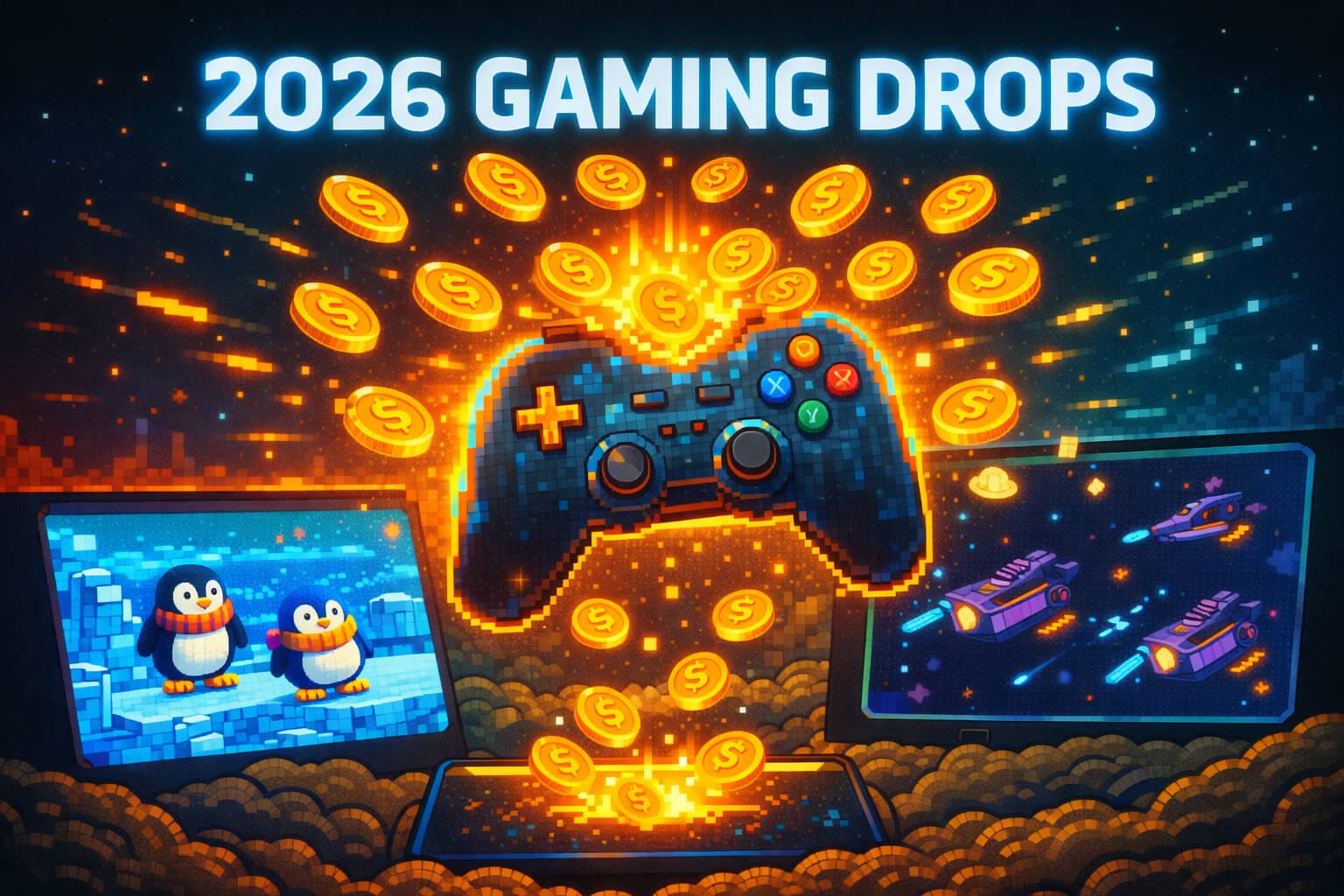1. The Need for Blockchain Interoperability
Blockchain technology has revolutionized industries by enabling decentralized, secure, and transparent transactions. However, as the number of blockchain networks increases, a significant challenge has emerged: the lack of interoperability between these networks. Today, most blockchains operate in silos, with limited ability to communicate or share data with other networks. This fragmentation creates barriers to scalability, efficiency, and innovation. The future of blockchain lies in interoperability enabling seamless interaction and data exchange between different blockchain networks. This article explores the future of blockchain interoperability solutions, examining the potential of cross-chain technology to drive the next wave of blockchain innovation.
2. What is Blockchain Interoperability?
Blockchain interoperability refers to the ability of different blockchain networks to communicate, share data, and execute transactions across one another. Instead of each blockchain existing as an isolated ecosystem, interoperability solutions aim to connect these networks, allowing them to work together more efficiently.
A. The Current Landscape
Currently, most blockchain networks function independently, with unique protocols, consensus mechanisms, and governance structures. This independence limits the ability of blockchains to interact, which in turn restricts the flow of information and assets across the broader blockchain ecosystem.
- Example: Imagine trying to send Bitcoin directly from the Bitcoin network to an Ethereum smart contract. Due to the lack of interoperability, this simple task is nearly impossible without using a centralized exchange or complex workarounds.
B. Why Interoperability Matters
Interoperability is essential for realizing the full potential of blockchain technology. By enabling different blockchains to communicate and share resources, interoperability enhances scalability, reduces transaction costs, and fosters innovation across the entire ecosystem.
- Example: In the DeFi (Decentralized Finance) space, interoperability allows users to leverage the strengths of multiple blockchains, such as Ethereum’s smart contract capabilities and Bitcoin’s security, without needing to move assets through centralized exchanges.
3. Key Technologies Driving Blockchain Interoperability
Several technologies are emerging as the foundation for blockchain interoperability. These innovations are paving the way for seamless cross-chain communication and integration.
A. Cross-Chain Bridges
Cross-chain bridges are one of the most popular solutions for enabling interoperability between blockchain networks. These bridges allow tokens and data to be transferred from one blockchain to another, facilitating cross-chain transactions.
- Example: The Ethereum-Bitcoin bridge allows users to move Bitcoin onto the Ethereum network as an ERC-20 token called WBTC (Wrapped Bitcoin). This bridge enables Bitcoin holders to participate in Ethereum’s DeFi ecosystem without selling their Bitcoin.
B. Sidechains
Sidechains are independent blockchains that run parallel to a main chain (e.g., Ethereum or Bitcoin) and are designed to be interoperable with the main chain. Iallow assets to be transferred between the main chain and the sidechain, providing scalability and flexibility.
- Example: Polygon (formerly Matic Network) is a sidechain that operates alongside the Ethereum network. It offers faster and cheaper transactions while remaining fully interoperable with Ethereum, allowing assets to move freely between the two chains.
C. Atomic Swaps
Atomic swaps are a type of cross-chain transaction that enables the direct exchange of cryptocurrencies between two different blockchains without the need for an intermediary. This technology allows users to trade assets across blockchains in a trustless and decentralized manner.
- Example: A user can exchange Bitcoin for Litecoin directly using an atomic swap, without needing to go through a centralized exchange. This swap ensures that the trade either completes successfully or doesn’t happen at all, reducing the risk of fraud.
D. Interoperability Protocols
Interoperability protocols are standardized communication protocols that enable different blockchains to interact and exchange data. These protocols provide a common language that blockchains can use to communicate, ensuring compatibility across networks.
- Example: The Inter-Blockchain Communication (IBC) protocol, developed by the Cosmos network, allows different blockchains to transfer data and assets between them. IBC enables seamless cross-chain transactions and communication, promoting a more connected blockchain ecosystem.
4. The Future of Blockchain Interoperability Solutions
As blockchain technology continues to evolve, interoperability will play a critical role in shaping the future of the ecosystem. Here’s what the future holds for blockchain interoperability solutions.
A. Increased Adoption of Cross-Chain Solutions
As more blockchain networks and projects recognize the importance of interoperability, the adoption of cross-chain solutions is expected to increase significantly. This growth will lead to a more connected and efficient blockchain ecosystem, where assets and data flow freely across networks.
- Example: In the near future, users may be able to move assets and execute smart contracts across multiple blockchains with a single transaction, thanks to advanced cross-chain solutions. This capability will enhance the user experience and open up new possibilities for (dApps).
B. The Rise of Cross-Chain DeFi
Decentralized Finance (DeFi) is one of the most promising use cases for blockchain interoperability. By enabling different DeFi platforms to interact and share liquidity, cross-chain interoperability can drive the next wave of DeFi innovation.
- Example: A cross-chain DeFi platform could allow users to collateralize assets on one blockchain (e.g., Ethereum) while borrowing assets from another blockchain (e.g., Binance Smart Chain). This interconnectedness would create a more robust and flexible DeFi ecosystem, offering users more options and better rates.
C. Enhanced Security and Scalability
As blockchain networks become more interconnected, security and scalability will become even more critical. Future interoperability solutions will focus on enhancing these aspects, ensuring that cross-chain transactions remain secure and efficient.
- Example: New security protocols, such as threshold signatures and multiparty computation, will be integrated into cross-chain solutions to prevent hacks and fraud. Additionally, interoperability solutions will leverage Layer 2 technologies and sidechains to enhance scalability and reduce congestion on main chains.
D. Standardization and Interoperability Hubs
Standardization will be key to achieving true blockchain interoperability. In the future, interoperability hubs or aggregators may emerge, acting as central points of connection for different blockchains. These hubs will simplify cross-chain interactions and provide a seamless user experience.
- Example: An interoperability hub could allow users to connect to multiple blockchains through a single interface, enabling them to manage assets, execute transactions, and interact with dApps across different networks without needing to switch between platforms.
5. Challenges and Considerations for the Future
While the future of blockchain interoperability holds immense potential, several challenges and considerations need to be addressed.
A. Security Risks
As blockchains become more interconnected, the risk of cross-chain attacks and vulnerabilities increases. Ensuring the security of cross-chain transactions will be a top priority for developers and stakeholders.
- Example: A cross-chain bridge hack could result in the loss of assets across multiple blockchains, leading to significant financial losses and undermining trust in interoperability solutions. Developers will need to implement robust security measures to mitigate these risks.
B. Complexity and Usability
Interoperability solutions must balance complexity with usability. While the technology behind cross-chain solutions is inherently complex, it’s essential to create user-friendly interfaces that simplify the process for end-users.
- Example: A DeFi user may want to execute a cross-chain transaction but could find the process daunting due to the complexity involved. Future solutions will need to abstract this complexity, offering a seamless experience that requires minimal technical knowledge.
C. Governance and Decentralization
As interoperability solutions evolve, questions around governance and decentralization will become more prominent. Ensuring that cross-chain protocols remain decentralized and governed by the community will be essential for maintaining trust and security.
- Example: A decentralized governance model could allow stakeholders from multiple blockchains to have a say in the development and management of interoperability protocols, ensuring that the system remains fair and transparent.
6. The Road Ahead: Blockchain Interoperability as a Catalyst for Innovation
The future of blockchain interoperability is bright, with the potential to unlock new levels of innovation and collaboration across the blockchain ecosystem. As cross-chain solutions continue to evolve, they will pave the way for more complex and interconnected decentralized applications, enabling a truly global and decentralized internet of value.
- Example: Imagine a world where decentralized identities, supply chains, financial systems, and IoT devices all interact seamlessly across different blockchains. This interconnected ecosystem would drive unprecedented levels of innovation, creating new business models and opportunities that are currently unimaginable.
Shaping the Future of Decentralization
Blockchain interoperability is the key to unlocking the full potential of decentralized technologies. As the future unfolds, cross-chain solutions will play a pivotal role in connecting different blockchain networks, enabling seamless communication, and fostering innovation across the ecosystem. While challenges such as security, complexity, and governance remain, the ongoing development of interoperability solutions will address these issues, paving the way for a more interconnected and efficient blockchain future. As these solutions continue to mature, they will drive the next wave of blockchain innovation, transforming industries and creating new possibilities for decentralized applications.
For more insights and detailed guides on blockchain technology, visit our Cryptocurrency Comparisons Guides.
Stay Updated
For the latest updates on blockchain interoperability solutions and the future of decentralized technologies, follow us on:
Stay informed with the latest strategies and insights in the world of cryptocurrency at FreeCoins24.io.
Special Offer
Looking to explore the future of blockchain interoperability? Sign up on Bybit today and take advantage of up to $30,000 in deposit bonuses. Don’t miss out on the opportunity to engage with cutting-edge blockchain technology on a trusted platform.

















